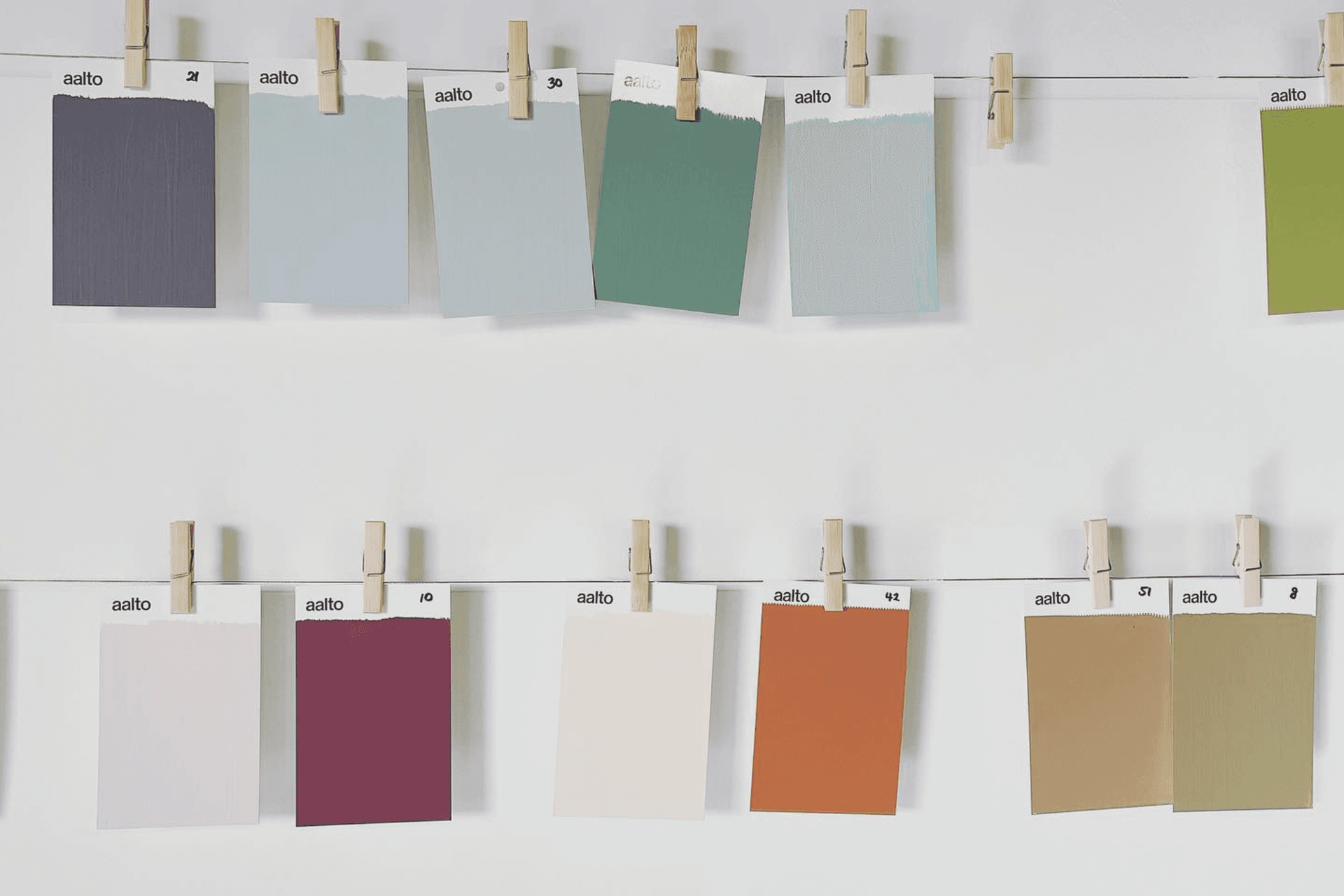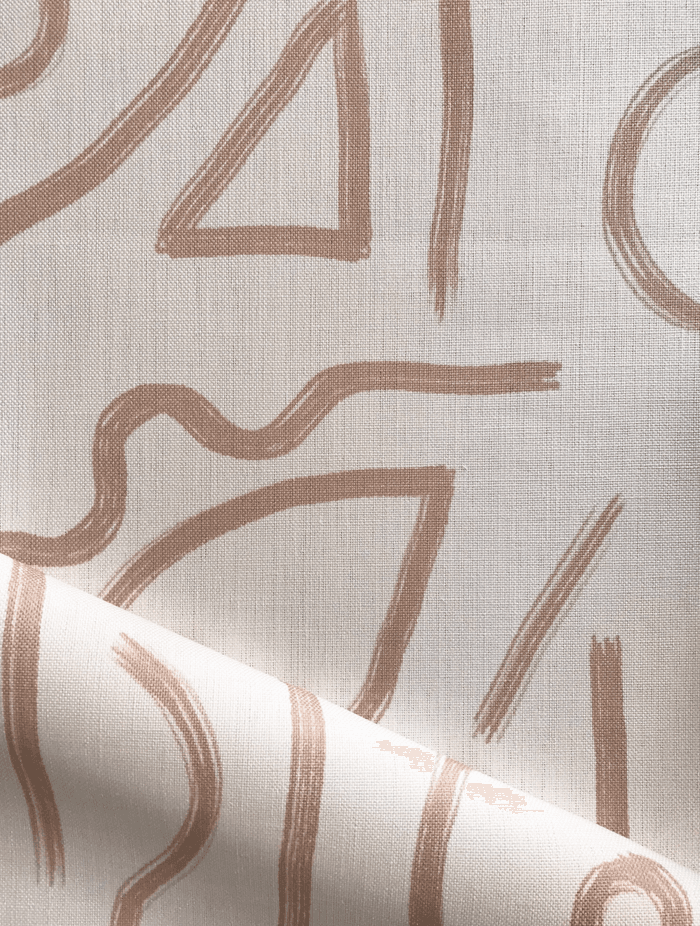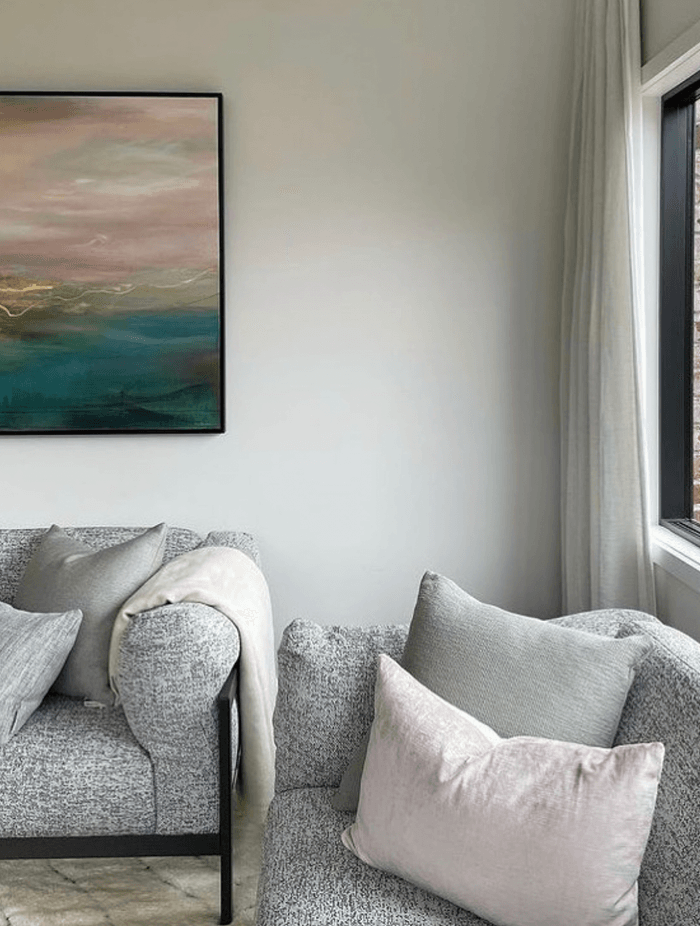Using Natural Materials In Your Home


There is no doubt that we all need to make more conscious decisions when it comes to what we purchase, where it is made and what is used. Interior design is ever-changing design trends and fashion upheavals within the furniture and design industries. When we purchase products, we should be thinking about how long we will use it and if it will stand up to the test of time. Like what beauty products go on our skin we should also be thinking about what products we put into our homes.
PAINT
Paint has come a long way since the days when it was full of toxic nasties like lead. As well as overhauling its ingredients over the last few decades, the paint industry
is continuing to evolve, with formulations and practices that are healthier for us and the environment. Here are a few things to look for when choosing paint.
Choose paint products labelled low- odour and low-VOC (or no-VOC). These toxic chemicals (full name: volatile organic compounds) are what might be giving you a headache after you’ve been painting, and myriad scientific studies have linked them to significant health problems.
Look for the Environmental Choice tick. This is an independent body that verifies the environmental sustainability of various products, including paint. Several local paint companies have sought verification this way, and approved products are listed on environmentalchoice.org.nz.
Think about what you’ll do with leftover paint, tins and solvents. Some paint companies offer take-back schemes,
and local councils have drop-off points for hazardous waste.

The Natural Paint Co
The Natural Paint Co use carefully selected ingredients that won’t release harmful chemicals. Paint made from plants, not petrol. The Natural Paint co, make high quality paint that won’t compromise the environment or your health. Every product is created from natural and renewable resources. To create a truly sustainable paint, The Natural paint co focus on the complete life cycle of our products. Starting with the sourcing of natural, renewable raw materials, and ending with products that can be safely composted, or be returned to us to be recycled or donated to social initiatives.

AAlTO PAINT
AALTO PAINT is my go-to option when it comes to clients’ homes. Their earth-friendly paints are water-based, low-odour and deliver the best possible performance using the lowest possible levels of solvents and VOCs. Their packaging is 100% recyclable, and they offer an incredible range of colours that look great on the wall.

FABRIC
If you’re looking for natural products for your home, you can’t go past wool: biodegradable, renewable and breathable. Linen is another popular natural choice for both fashion and interiors.
We’re starting to see a move towards more textured and handmade appearances, with production techniques such as dip dye, stonewash and basket dye adding interest and a sense of imperfection. Recycled fabrics are also becoming increasingly popular - from recycled wool to fabrics and rugs made from recycled milk bottles!
Two Australian brands are changing the way fabric is made, and will screen-print fabric to order.

OAT STUDIO
Oat Studio aims to eliminate waste with on-demand printing and limited water consumption. They print their fabrics with water-based inks and recycled paper by-products, and use printers who have achieved a Sustainable Green Print Accreditation.

ANNIE COOP
Annie Coop fabrics use water-based pigment ink that’s bonded to the fibre using heat and pressure. Unlike other forms of textile printing, pigment ink uses no water, produces no waste ink and - because all concepts and designs are tested in small volumes - reduces wastage on excess fabric.

HEMPTECH
It’s no coincidence that hemp bears the nickname ‘weed’. A densely growing plant, hemp literally chokes out any competing plants. This means harsh chemical herbicides aren’t necessary. Hemp also naturally reduces pests, so no pesticides are needed. Not only is hemp gentle on the earth, it also requires very little water, especially when compared to cotton, which uses about 50 percent more water per season than hemp. This stunning plant also requires a relatively small amount of land to cultivate meaning it can produce up to double the yield per hectare in comparison to cotton.
Hemptech Natural Fabrics is a New Zealand based textile company who have been leading the way in high quality natural sustainable fabrics for nearly 25 years. Their fabrics are eco-friendly, sustainable, low impact, recyclable, and biodegradable (typically decomposing in 6-12 months!
FURNITURE
Nothing beats a beautiful piece of locally made furniture. Not only are you supporting local businesses, but you’re reducing the airmiles that go with importing cheaper furniture from overseas factories. And, as the saying goes, “the bitterness of poor quality remains long after the sweetness of low price is forgotten”!
In New Zealand, we’re lucky to have so many skilled furniture makers, many of them family-run businesses, who make quality custom-made pieces. If you compare prices, I think you’ll be pleasantly surprised just what you can have made locally! It’s not only a win for the environment and the local economy, but the comfort level and quality can’t be beaten. What’s more you can tailor the furniture to get the exact size, shape, fabric and material you want.

Cane and Rattan
Rattan is a naturally renewable palm that grows in the tropical regions of Africa and Asia, produced correctly it is a very sustainable material. Growing quickly, it produces the material used for furniture manufacture 7 times faster than a tree produces wood and each vine can grow to a whopping 200m in length.

FLOORING
Wool is an obvious choice when it comes to sustainable carpet and rugs. New Zealand flooring company Bremworth rebranded in 2020, making the bold decision to stop manufacturing synthetic carpets and focus solely on producing wool carpets, made to order.

Natural fibre flooring looks good as well as being tough and durable. By avoiding excessive moisture, heat, and rough wear and tear, you can be sure it will last a long time.
Coir (a by-product of the coconut industry), Seagrass and Sisal are renewable natural fibres known for their strength - in fact they were once used for ship ropes before synthetic fibres came along.
Jute is another natural option - a soft, illustrious material that’s better suited to light footfall areas.
CORK
Natural, reusable and recyclable, cork is one of the world’s most versatile materials. It’s made from the outer bark of the cork oak tree, the only tree whose bark regenerates. Over the course of its lifetime (which is around 200 years), the cork tree can be stripped around 17 times - acquiring a smoother texture each time.
Cork is great for flooring and walls as it has natural acoustic insulation and low conductivity of noise and vibration. It also has excellent thermal insulation, is resistant to fire and high temperatures, and is hypoallergenic.
Cork flooring comes in a variety of forms including traditional cork tiles, plants and Hydrocork flooring, which has a thin layer of realistic, recycled wood on the surface - making it look like oak or other timber finishes.
https://qcg.nz/wp-content/uploads/2018/08/Hydrocork-Brochure-Low-Res-.pdf
HARD FLOORING
Vida Space floor and wall products are the utmost sustainable wood products with a plethora of international environmental certification – most notably FSC and Cradle to Cradle. However, the most sustainable and ethical finish you could ever possibly use is recycled/reclaimed wood.


